"To fly a kite you need a hearty breeze and lots of space. In a whimsical sense, humans are a lot like kites! Play gives both kids and adults the freedom and momentum to truly soar. For kids, play is a natural state that sparks learning, nurtures confidence, and builds communication skills. For adults, play provides a haven from the daily grind, inviting fresh ideas and spontaneity. For everyone, play is an ideal way to find ourselves and be ourselves! This infographic is a celebration of why play matters, gathering quotes and facts from advocates who believe in the power of play."
Get Started for FREE
Sign up with Facebook Sign up with X
I don't have a Facebook or a X account
 Your new post is loading... Your new post is loading...
 Your new post is loading... Your new post is loading...

Drora Arussy's curator insight,
May 20, 2013 12:38 PM
Wonderful way to put it in perspective. Thank you for sharing the visual. 
Brad Reitzel's curator insight,
August 26, 2014 10:54 AM
Very important components for 21st Century learnings...media literacy should probably be number one in our list!

Traci Selby's curator insight,
March 24, 2013 9:48 AM
What child does not like legos or some type of building blocks? Recently there was a discussion on linked-in about this very subject and it has gotten a lot of responses. In my opinion PLAY is a necessity to child's development.....and if you haven't gotten to play with a child lately, take the time you will learn from them too!

Monica S Mcfeeters's curator insight,
January 5, 2013 11:10 AM
Fine article from Dr. Peter Grey that ask us to think about what education is truly about and rethink the current trend toward teaching for testing success. Wasn't sure if this didn't better fit under my austerity topic rather than education.. |
Nancy Jones's curator insight,
August 10, 2014 11:08 AM
Not just young kids, all kids! Studies indicate that the prefrontal cortex isn't fully developed until mid -20's for some. Really confirms the adage, "All work and no play makes Jack a dull boy."

Ryan McDonough's curator insight,
July 7, 2014 8:19 AM
Self explanatory visual on the benefits of gaming as a means of learning. Outlined are the rewards, mastery, engagement, intensity, exercise, readiness, and competitiveness. These types of graphics need to be displayed in the classroom. There's always parents who are unsure of how gaming qualifies as teaching. Can't they just sit their kid in front of an iPad all day at home? Well, in the appropriate setting, with the right direction and guidance, games are certainly good for learning. Some people just don't know that from experience yet. |



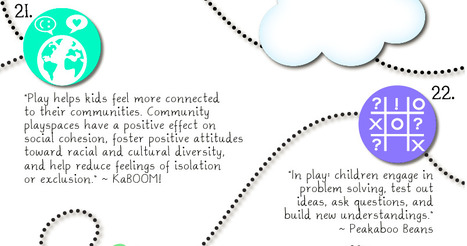

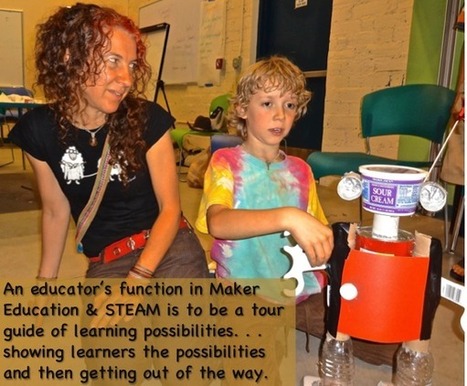
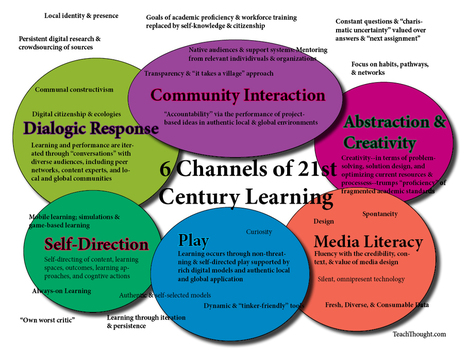



![Want students to be more creative and innovative? Give them the gift of time. [VIDEO] | Dangerously Irrelevant | Eclectic Technology | Scoop.it](https://img.scoop.it/2BFWzk7l8Nbb3Q9ATfCMXDl72eJkfbmt4t8yenImKBVvK0kTmF0xjctABnaLJIm9)

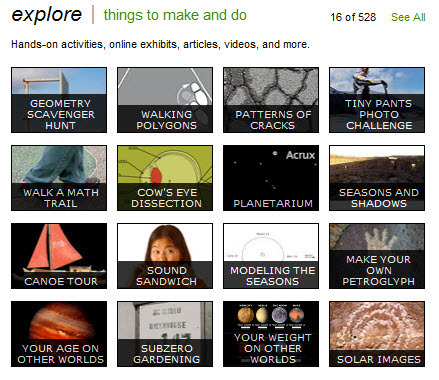
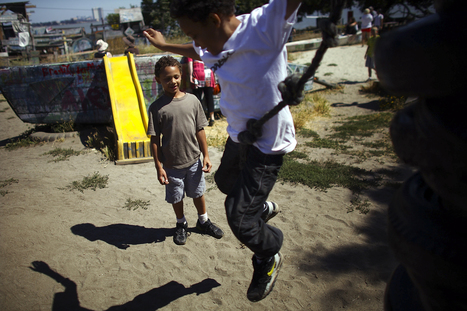



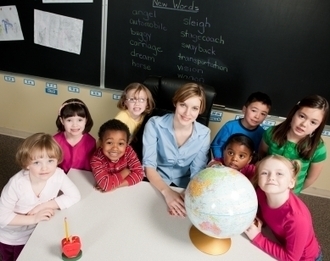





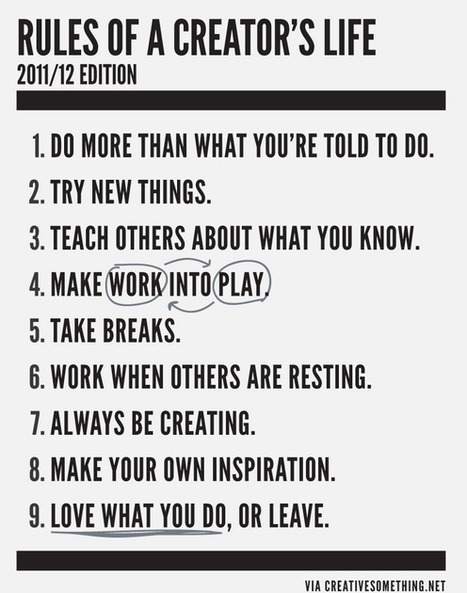





Do you know that when children engage in play they are also problem solving, testing out ideas, asking questions, building muscle and bone strength and much more? This infographic provides 34 reasons why play is important and includes the resources used.
As many schools continue to decrease play time and focus on teaching core subjects this may remind us that time to play is critical.